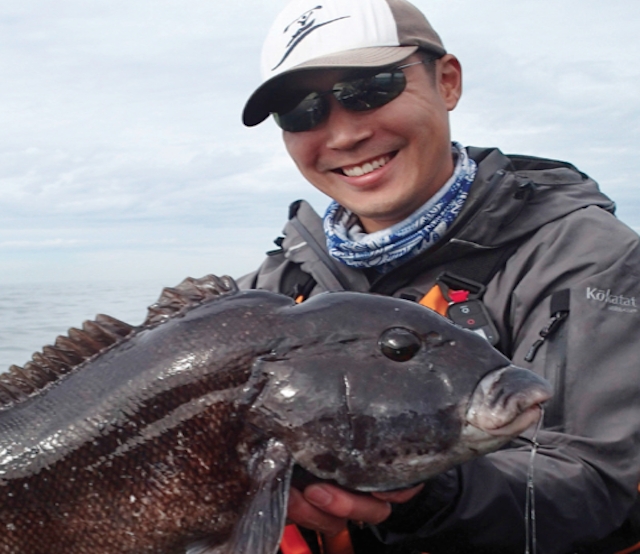The sun is shining and the weather is sweet, makes me want to go fishing! Spring has sprung and the fish are snapping. From the steamy south to the crispy north, Mother Nature is waking up and anglers are ready to get out of the house. Here’s Kayak Angler’s top picks for spring hotspots from the anglers who know them best.—Ric Burnley
Tautog
Rob Virginia’s Expert Angler award in 2013 and starring in an advertising campaign for Virginia Tourism.
TACKLE BOX: Medium-heavy conventional rod spooled with 50-pound braided line and a five-foot shock leader of 50-pound fluorocarbon leader. Tie a single-dropper bottom rig into the 50-pound fluorocarbon leader. Use a 3/0 live-bait hook and a four- to six-ounce sinker. Best baits are chowder clam, fiddler crab, green crab or blue crab.
FISH FINDER: Target tog in the rocks and pilings of the Chesapeake Bay Bridge Tunnel. Use a grapple anchor to anchor over the structure. Best time is on turn of the tide when current is weaker.
EARLY ACTION: Chesapeake Bay Bridge Tunnel (CBBT), Virginia Beach, Virginia. Launch at Lauderdale Street and paddle three miles to South Island of CBBT.
SIGNS OF SPRING: As soon as the water temperature in Chesapeake Bay hits 46 degrees, tautog start to bite. Look for the first buds on the trees to signal the start of the tog bite.
FISH TALE: In 2013, I attempted to win Virginia’s Expert Angler award by catching six trophy fish from six different species. The last fish I caught was a 24-inch tog with only a few weeks left in the tournament.
SOMETHING FISHY: Tautog, also known as blackfish, are a burly bottom feeder that inhabits rocks and wrecks from North Carolina to New England. The fish are especially popular in spring and fall because they have a higher tolerance for cold than other species.
Watch Rob Choi in action in the digital extra, on our desktop edition here!
This article was first published in the Spring 2015 issue of Kayak Angler. Subscribe to Kayak Angler Magazine’s print and digital editions, or browse the archives.
